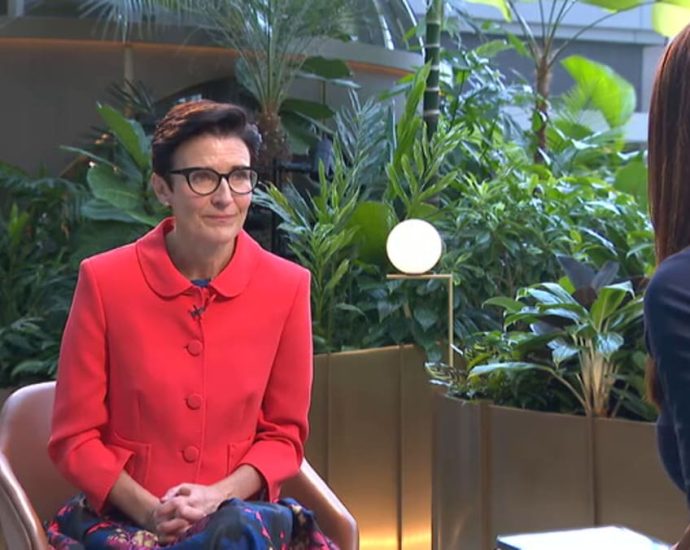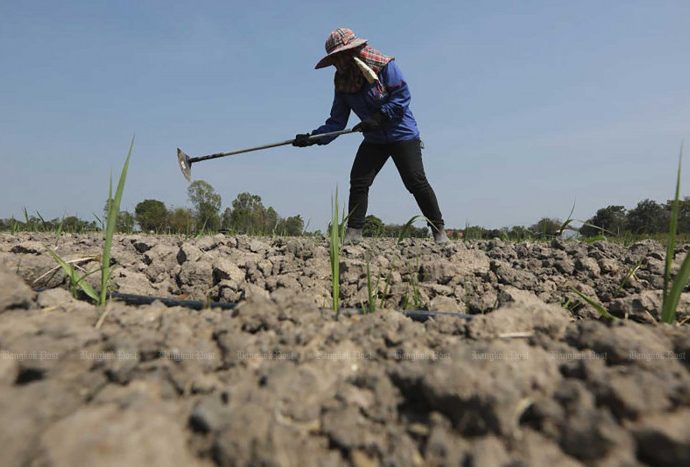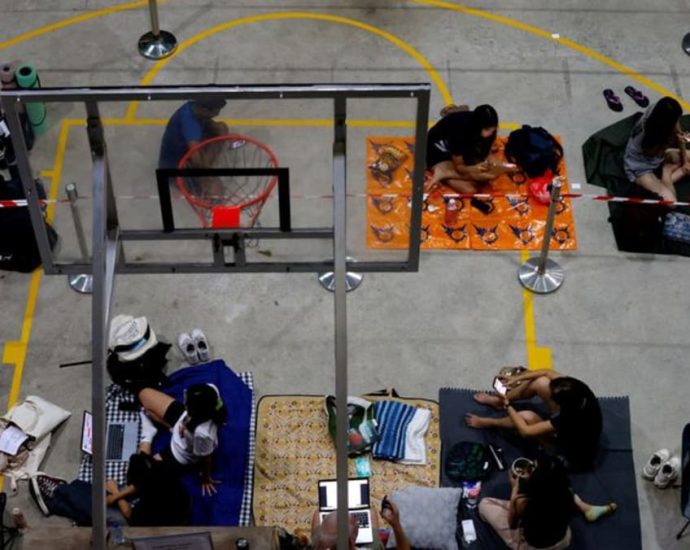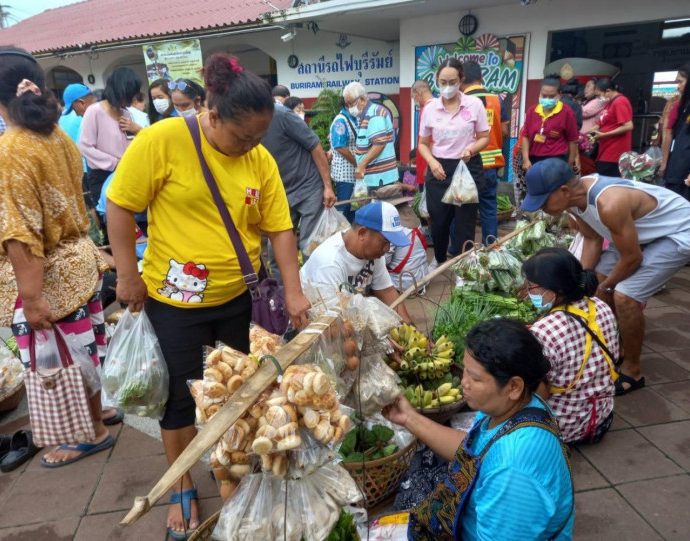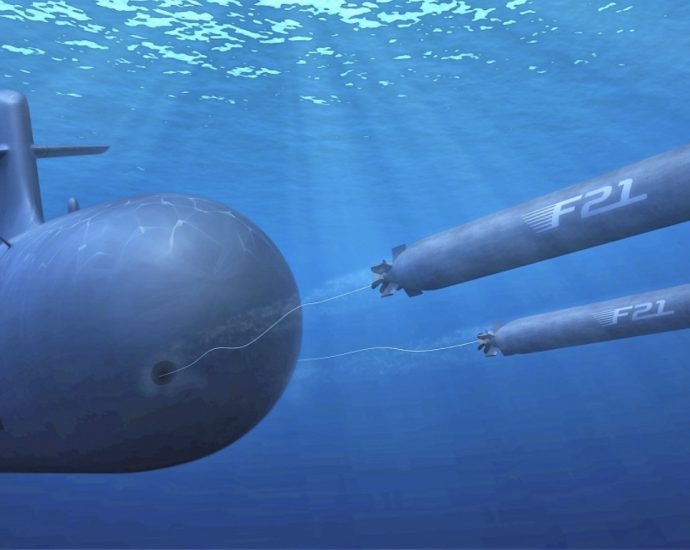East Ventures announced its first Healthcare Fund of US$30m
committed to promoting creativity and enhancing healthcare access in Indonesiadid assist businesses in addressing opportunities and challenges in medicalLeading venture capital firm East Ventures, based in Indonesia and Southeast Asia, announced the launch of its first healthcare-focused fund, the US$ 30 million( RM143 million ) & nbsp, which is committed to…Continue Reading






